Is the media genuinely free from bias, or does it demonstrate prejudice? The general representation that certain skin tones are represented in the media can be heavily encouraged by the domain in which they are set from one point of view.Â
The NBA is a Black-dominated area of interest, holding 70.4% Black players and 17.5% white players. Articles published in Sports Illustrated Magazine featured a staggering 73% share of darker skin tones. Â
is numerical statistic shows that if there is a specific skin tone dominating a specialization, the media will represent that skin tone. However, there is always another side to the story. Some would say that the media sways towards including skin tones they think will suit their article or advertisement the best.
In an article about racial analysis within Vogue, the author states that from 2000-2019, 87% of cover models have been white, while only 12% have been Black. This presents a dilemma that ultimately raises the question, is this on purpose?
From one way of thinking, they don’t disclose on purpose; they just have more of a quantity of skin tone that dominates a distinctive interest. Take the chess world for example, where only three Black grandmasters existed. This gives the media a tough job of fully representing them because there is little to no quantity. In the “British Chess Magazine”, an astonishing 0% of deep (dark) skin tones were not found in articles or advertisements. A combined 87% of light and medium skin tones were found in the articles, and 100% of ads in this magazine contained light skin tones.
Considering the other perspective, the media has discriminated deliberately, and sources like Vogue can hint at that assertion. “Vogue: Forces of Nature,” states only 29% of articles and advertisements contain deep skin tones. This lack of representation within the modeling industry shows that the media favors certain skin tones over others. What’s the cause of this racist attitude towards darker skin tones?
Some say systemic racism, preference, or just pure chance. However, the data clearly shows some sort of favoritism towards lighter skin tones when companies choose how to represent their brand in magazines.Â
Acknowledging the overall difficulties in analyzing these biases presents a lofty task for anyone who wants to venture into the space of media prejudices. On one hand, a strong case of statistical evidence suggests that media coverage echoes the demographic composition of specific fields or interests. On the other hand, a weaker argument would include examples such as the discrepancy in Vogue cover models alluding to deliberate discrimination or bias in media representation. Evaluating the strengths that the data analysis shows can lead to personal reflection for the future which can prompt a want for change in the media.
Viewing all the data collected, the story of how skin tones are represented in the media is simply the number of a specific race in a certain field. The data illustrates a correlation between representation and demographic composition in various domains. Like, basketball and chess, the media reflects the prevalence of darker skin tones due to the dominance of Black athletes and the prevalence of whiter skin tones due to the dominance of white grandmasters.Â
In conclusion, while we recognize the importance of ongoing evaluation, it’s reasonable to suggest that the media’s representation of skin tones is very complex. Factors like demographics, available resources, and societal preferences likely influence representation more than outright prejudice.

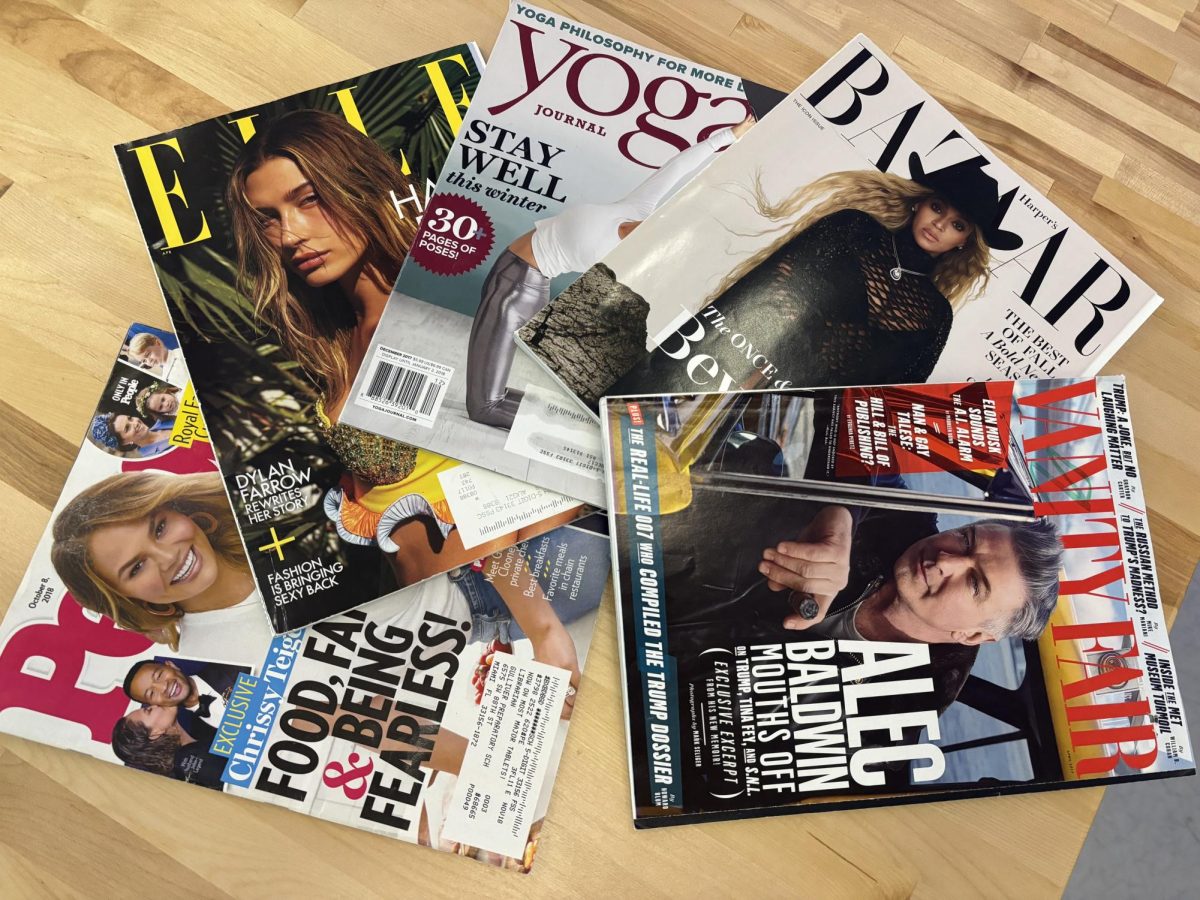
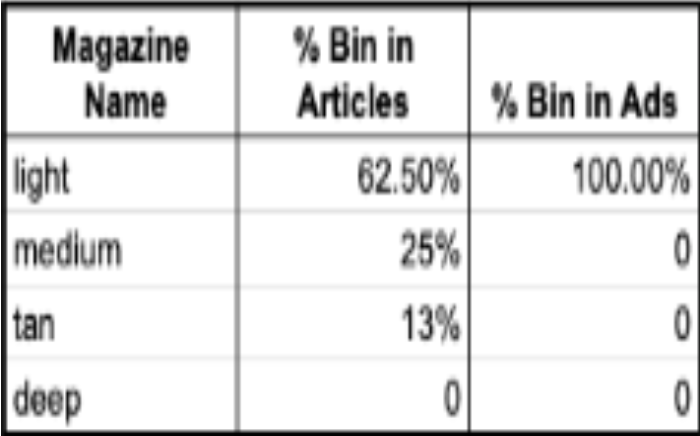
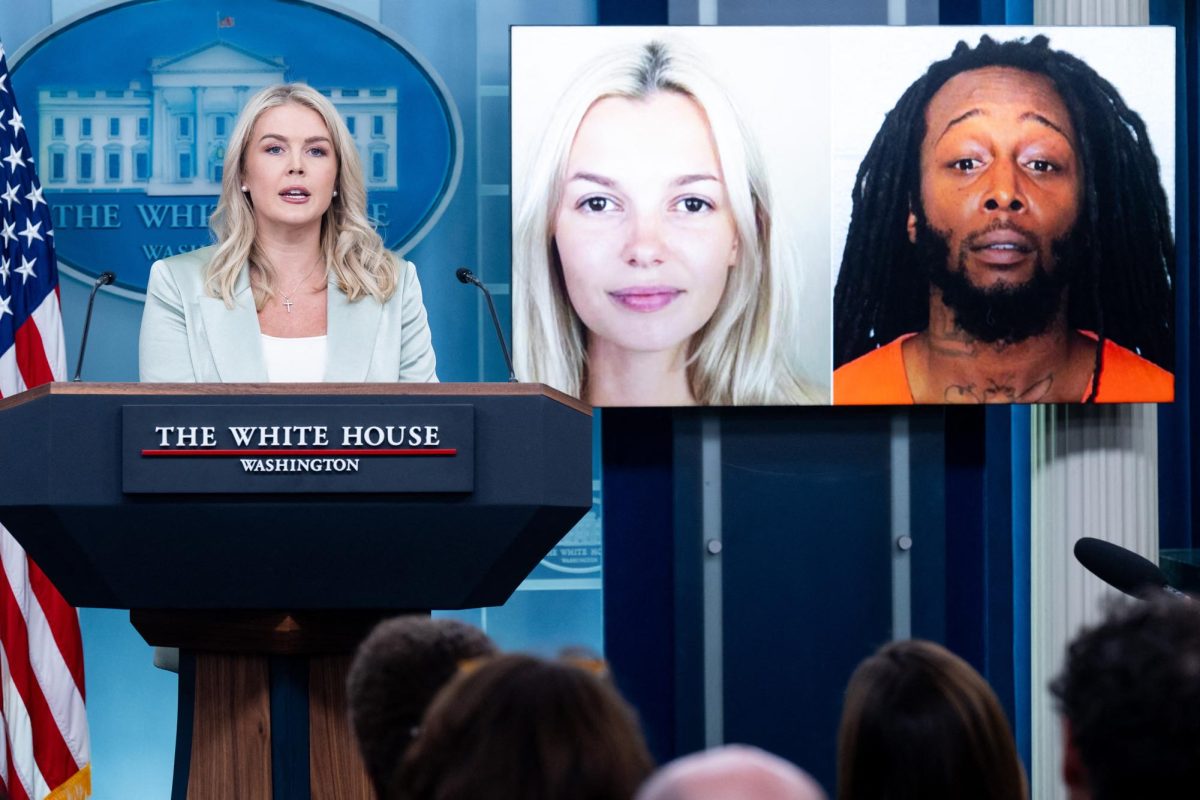
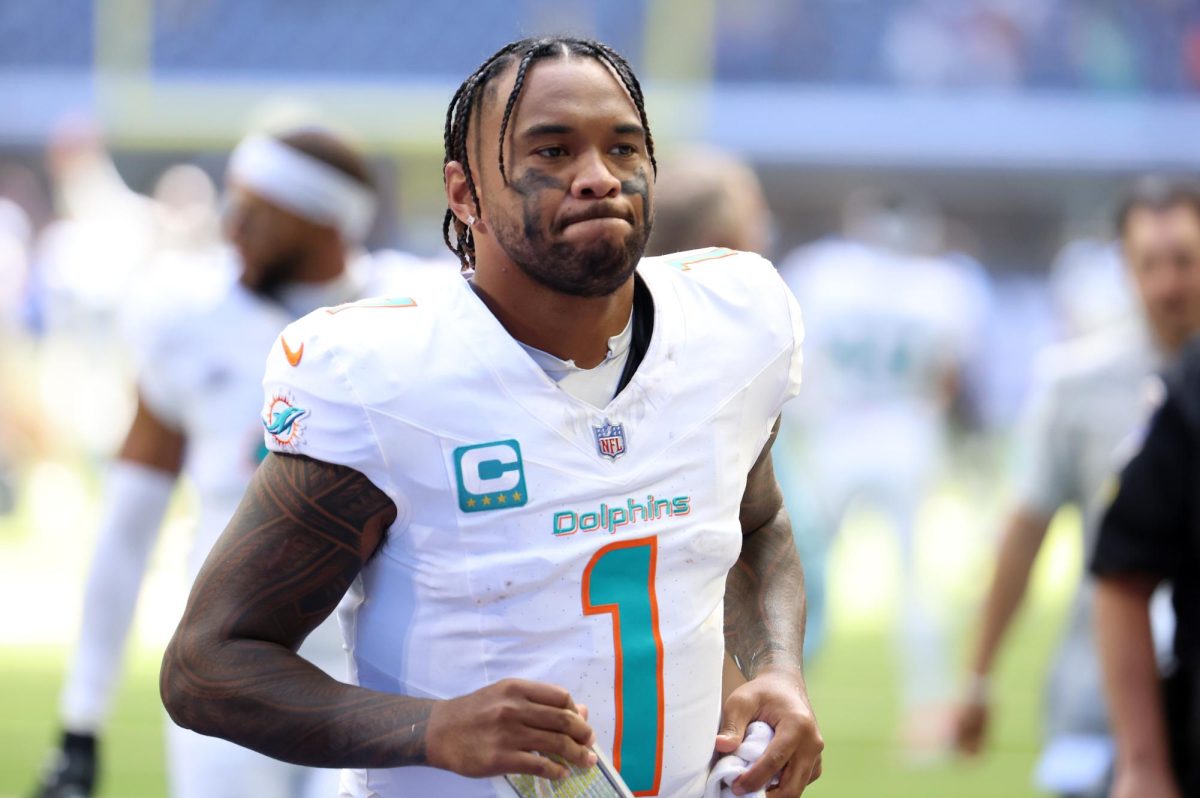

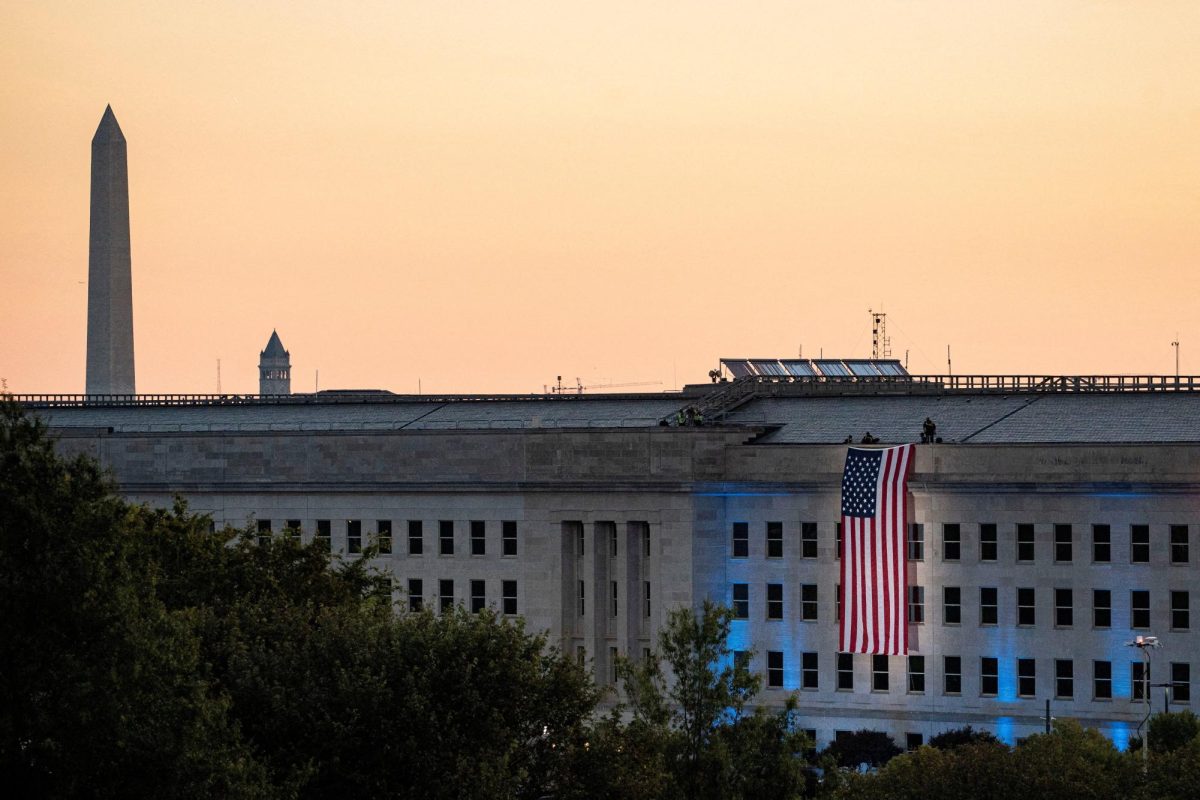
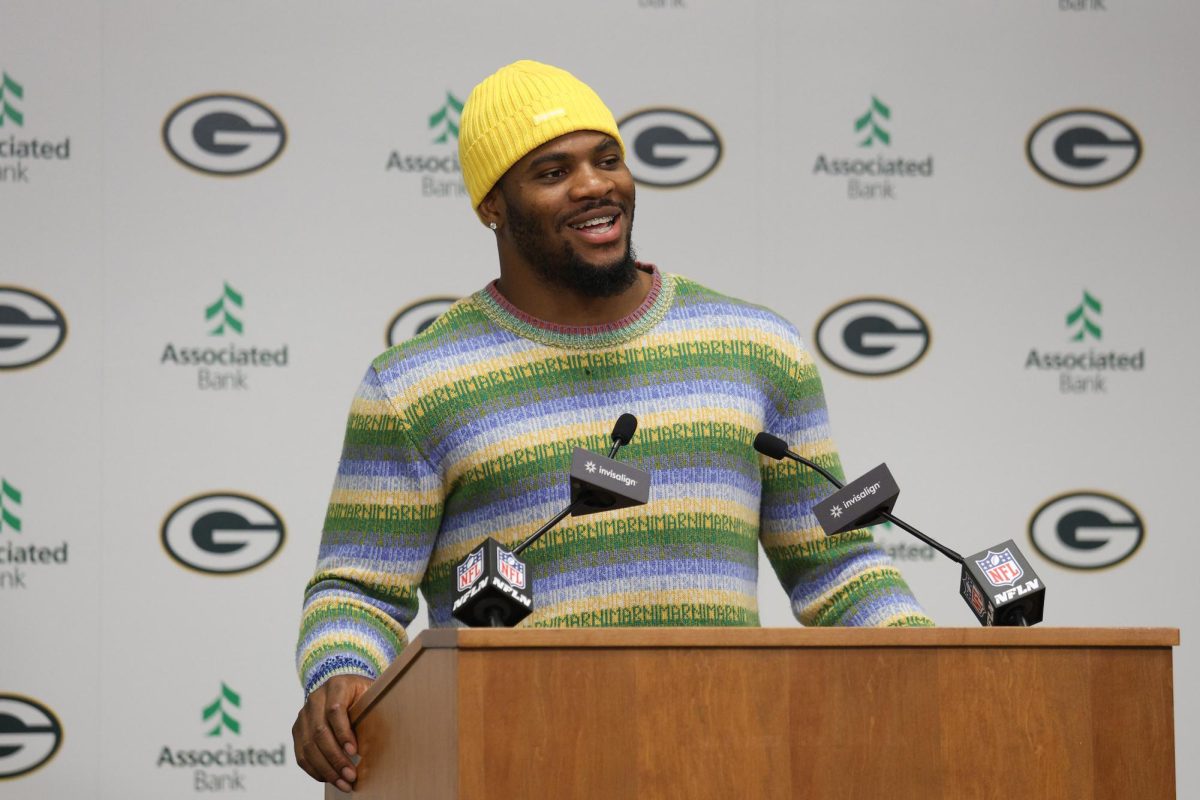

Mario A. Cubas, PhD • May 16, 2024 at 9:01 am
Nice work! It is interesting that the data from Vogue seems to mirror some of the demographic data in the U.S. (although Vogue is not read exclusively in the U.S.).
Ms. Teruel • May 16, 2024 at 6:53 am
Excellent analysis Dylan!